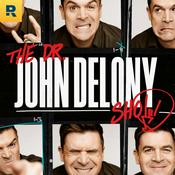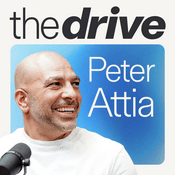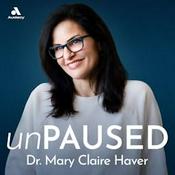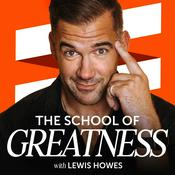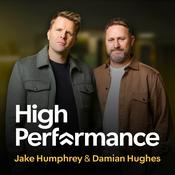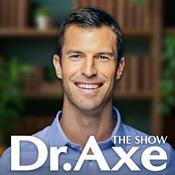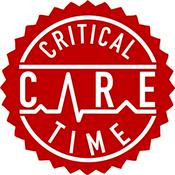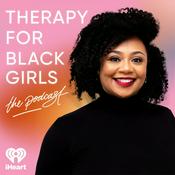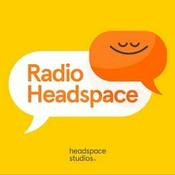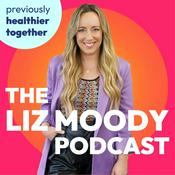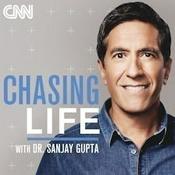250 episodes

Ep 249: Calf injuries—complex, not complicated, with Dr Brady Green
2025/11/24 | 25 mins.
Calf strains are challenging for athletes and clinicians to manage—with uncertain return to play times and risks for reinjury if they're not managed well. Dr Brady Green (University of Notre Dame, Perth, Australia) shares his research and clinical expertise on muscle strains in elite and subelite athletes, including from his previous work in elite Australian football at the Essendon Football Club. Today's episode launches from Dr Green's latest study of the epidemiology of calf strains, and discusses how musculoskeletal rehabilitation specialists, including sports physical therapists, can use this information to guide their practice. ------------------------------ RESOURCES Gastrocnemius muscle strain injury epidemiology: https://www.jospt.org/doi/10.2519/jospt.2025.13526

Ep 248: Shoulder pain—what’s in a name? With Dr Amy McDevitt
2025/11/17 | 24 mins.
Over the past decade, the term rotator cuff–related shoulder pain (RCRSP) has gained traction as a more accurate, patient-centered way to describe shoulder pain. In this episode, Dr Amy McDevitt (Physical Medicine and Rehabilitation Department, University of Colorado) joins Dan Chapman and Marquis Sanabrais to unpack why shifting from structural labels like impingement or tendinopathy toward RCRSP can improve both communication and care. They discuss how imaging often fails to match symptoms, why language matters for patient engagement, and how clinicians can explain shoulder pain without over-pathologizing. Take home messages: 1. RCRSP reflects the multifactorial nature of shoulder pain, biological, mechanical, and psychosocial. 2. Clear and non-anatomic terminology helps patients understand and buy into treatment. 3. Future research should clarify mechanisms behind exercise and refine subgroups within RCRSP. ------------------------------ RESOURCES The case for using "rotator cuff-related shoulder pain" in practice: https://www.jospt.org/doi/10.2519/jospt.2025.13405

Ep 247: Shaping a career of influence, with Dr Seth Peterson
2025/11/10 | 24 mins.
Some of the most powerful drivers of change in musculoskeletal rehabilitation aren’t researchers or administrators—but clinicians working shoulder-to-shoulder with their peers. These so-called "local opinion leaders" often shape practice more effectively than top-down mandates or distant guidelines. And they're more than simply influencers or savvy social media marketers. In today's episode, Dr Seth Peterson explores how local opinion leaders—those trusted voices within clinical settings—can play a pivotal role in translating research into practice. Dr Peterson shares practical strategies for fostering cultures of learning and supporting clinicians to lead. Dr Peterson is a clinician-researcher based in Tucson, Arizona. He leads care at his clinic, The Motive, and teaches nationally with The Movement Brainery. ------------------------------ RESOURCES Empowering local opinion leaders in physical therapy systems: https://www.jospt.org/doi/10.2519/jospt.2025.13508 Why higher standards are needed in physical therapist professional development: https://www.jospt.org/doi/10.2519/jospt.2022.11377 2025 hip osteoarthritis clinical practice guideline: https://www.jospt.org/doi/10.2519/jospt.2025.0301

Ep 246: MTSS needs a new name - make no bones about it, with Laura Anderson
2025/11/03
Pain near the posteromedial tibia is common in running and jumping athletes. Laura Anderson, physiotherapist and PhD candidate, is challenging the diagnostic labels "shin splits" and "medial tibial stress syndrome", and suggesting a new term: "load-induced medial leg pain" (LIMP). In today's episode, Laura explores ways to improve how you diagnose and manage shin pain in athletes, including how you talk with athletes about their condition. She discusses loading, red flags and the role of running retraining. ------------------------------ RESOURCES Diagnosing medial tibial stress syndrome (including flow diagram): https://pubmed.ncbi.nlm.nih.gov/28179260/ Re-naming MTSS as Load Induced Medial Leg Pain (LIMP): https://www.jospt.org/doi/10.2519/jospt.2025.13411 Effectiveness of running gait retraining - systematic review: https://www.jospt.org/doi/10.2519/jospt.2022.10585

Ep 245: Pelvic health and performing artists, with Jessica Frydenberg
2025/10/27
Over half of performing artists and artistic athletes report pelvic floor symptoms. Up to 80% of female artistic athletes report pelvic floor symptoms, yet many believe these issues—like urinary leakage during performance—are par for the course, part of the job. Today, Jessica Frydenberg explains who performing artists are, why they are particularly susceptible to pelvic floor symptoms, and what this means for your clinical practice. Jess is an experienced pelvic health physiotherapist and PhD candidate at La Trobe University in Melbourne, Australia. She has extensive experience working with performing artists, and recently led a systematic review investigating the epidemiology of pelvic floor symptoms in performing artists. ------------------------------ RESOURCES Prevalence and impact of pelvic floor symptoms systematic review: https://www.jospt.org/doi/10.2519/jospt.2025.13452
More Health & Wellness podcasts
Trending Health & Wellness podcasts
About JOSPT Insights
Listen to JOSPT Insights, The Mindset Mentor and many other podcasts from around the world with the radio.net app

Get the free radio.net app
- Stations and podcasts to bookmark
- Stream via Wi-Fi or Bluetooth
- Supports Carplay & Android Auto
- Many other app features
Get the free radio.net app
- Stations and podcasts to bookmark
- Stream via Wi-Fi or Bluetooth
- Supports Carplay & Android Auto
- Many other app features


JOSPT Insights
download the app,
start listening.

